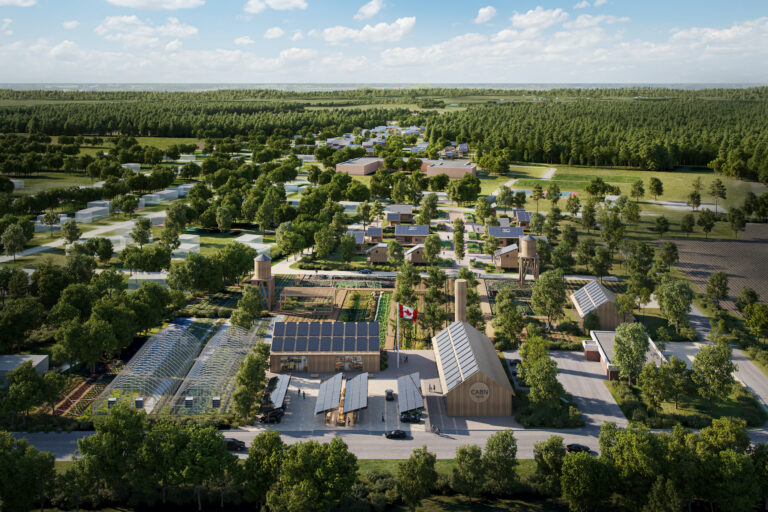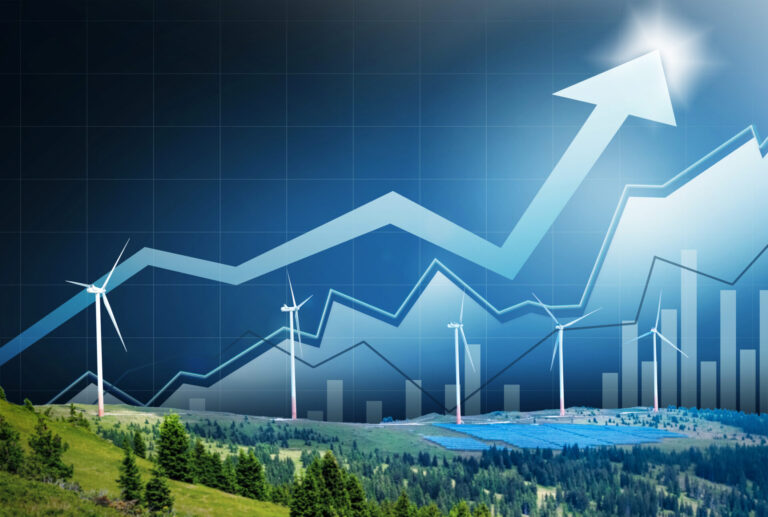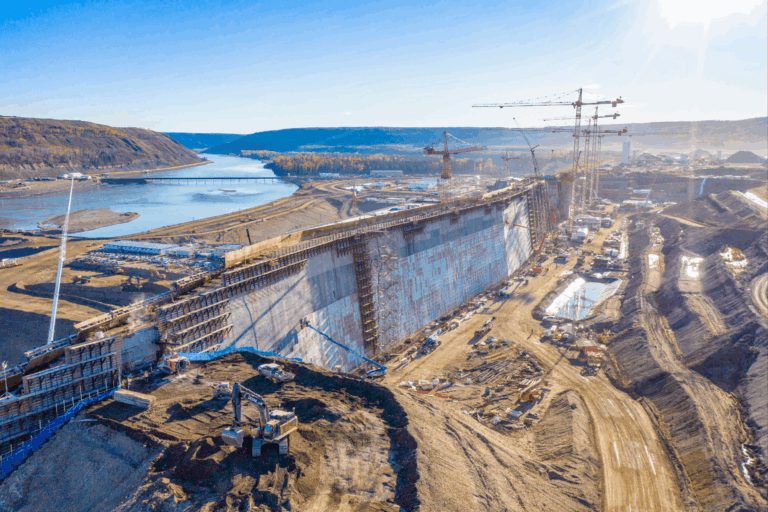Wednesday, July 2, 2025
By Brendan Player, Josh Running, and Benjamin Smith
Let’s say you’re a large energy producer and you’re hitting your ambitious goal of being net zero by 2040. Your second major windfarm just went online. Your customers and investors greeted your recent greenhouse gas (GHG) emissions disclosures with accolades. Your fleet is going green. Your competitors taking are notice.
And they might wonder: What guidance are you using to inventory your GHG emissions?
Chances are, you’re using the widely recognized Greenhouse Gas Protocol for measuring and accounting for your GHG emissions.
About 90 per cent of Fortune 500 companies use the GHG Protocol for managing and reporting their corporate GHG emissions. Cities use it and even a handful of countries rely on it. In many ways, GHG Protocol is the global standard for emissions accounting and management.
But the GHG Protocol is constantly evolving. Later this year, it will release guidance for land management activities. Does your company have significant land assets? If so, this new guidance may impact you.
The GHG Protocol Land Sector and Removals Guidance provides a roadmap for how companies should account for and report GHG emissions and removals from land management, land-use change, and other land activities. It builds on GHG Protocol’s previous guidance for Corporate and Scope 3 standards.
New land guidance tracks all land practices
Based on a 2023 draft, we have a good idea of what the final GHG Protocol Land Sector and Removals Guidance will look like. What’s its overall impact on companies?
The previous land guidance focused on agriculture and forestry. The new guidance will inform tracking the GHG impacts and benefits from all land-use practices.
If your company has significant emissions due to habitat impacts, it will be strongly affected by these changes. Other companies will benefit because it creates an easier path to track and report beneficial carbon sequestration from land-use practices.
Let’s take a deeper dive into how this new guidance impacts specific sectors.
GHG Protocol land guidance provides opportunities
Let’s return to our energy company who is successfully moving toward its net zero goal.
The company must remove trees to make way for its new transmission lines. When the company cuts trees, any debris or waste will eventually be released into the atmosphere when they decay or are burned. On the other hand, some of this material may become long-term wood products that withhold carbon from the atmosphere, reducing their GHG impacts.
For our energy company, this means that each mile of clearing for a 100-foot-wide transmission line corridor could potentially release the same amount of CO2 as would be released from electricity used by 450 homes in a year (280 homes/km), according to the Environmental Protection Agency’s GHG Equivalency Calculator. These emissions would likely be reported in the Scope 1 category from land use change during that reporting year.
Conversely, if our energy company invests in tree planting on its land, this new land guidance will allow the company to account for this additional carbon storage. This is a good thing. Here’s why.
In the past, companies would have had to enter the carbon markets to certify those activities for carbon credits. The company would attribute them as an inset (a carbon reduction effort within your company) toward mitigating emissions. Now, they can quantify and track their carbon storage, and include it as a line item in their reporting directly.
Is this path a benefit? Absolutely. It is a much simpler route to generate value from these practices rather than undergoing a lengthy and sometimes costly certification process.
What does the guidance mean for other sectors?
Does your company have intensive land-use practices? The GHG Protocol land guidance also impacts sectors like mining, infrastructure, property development, oil and gas, and buildings.
Let’s consider a mining project. Under the new guidance, a mining company could see an increase in emissions if a project involves habitat loss. Conversely, the same company could see reduced net emissions from removals due to carbon sequestration from a reclamation project.
Does one of your projects involve large-scale habitat clearing? You may want to think ahead about how the project impacts your company’s GHG emissions disclosures. For a particular year, a large tree-clearing project could negatively impact your ability to hit your GHG reduction targets.
For example, a highway project that requires clearing a forest or impacting a wetland would generate large quantities of emissions. On the other hand, management strategies that integrate more diverse seed mixes or greater tree plantings may help to reduce these emissions. See how this accounting could impact your project decisions?
Some pitfalls to the new land guidance
Could the new land guidance pose a data challenge to your company? It will if you’re new to this type of emissions tracking.
To track land emissions and removals across your company’s operations, you may need data that you have never compiled. This may include site-specific data on carbon stocks that companies rarely track outside of carbon inset and offset projects.
Could some companies underestimate the scale and impact the new GHG Protocol land changes? Again, yes. It is important that companies have a realistic view of their reporting and reduction goals.
That way, they can design an actionable plan and adopt the new land guidance.
Multiple ways to tackle land emissions strategy
You may require a number of different disciplines and experts to help you adopt the new GHG Protocol Land Sector and Removals Guidance.
You may need the expertise of ecologists and soil scientists with experience in developing monitoring strategies for natural systems. You may need GHG advisory professionals with knowledge of net zero goals and setting up decarbonization plans. Add to that list engineers and other scientists who can design and implement projects that enhance GHG removals.
Experienced firms can help clients manage and account for organizations’ GHG emissions, and design, plan, and monitor ecological projects.
In addition to engineers, ecologists, and biologists, helpful disciplines and services can also be provided through: nature-based carbon solutions; atmospheric sciences; carbon capture, utilization and storage; nature-based solutions; ESG advisory; and, climate advisory.
How can consultants support clients in adopting the new GHG Protocol land guidance? They can start by estimating the impact of this guidance on your GHG emissions and net zero goals. From there, they can adjust or design and implement an emissions accounting framework that leverages innovative ways to monitor and track the emissions and removals from land-use practices. One example may include using tools such as CarbonWATCH to inventory landscape-scale carbon stocks as part of a monitoring strategy.
The new GHG Protocol Land Sector and Removals Guidance will present hurdles and opportunities for many companies. Scientists are clear that the world needs to drastically reduce GHG emissions for us to avoid the worst climate impacts. Like our ambitious energy producer described earlier, many companies are aiming to achieve net zero and accounting for land use is another step in that process.
Brendan Player is an associate with the Nature-based Carbon Solutions Team Lead, Josh Running leads the Technical Carbon Team (TCT), and is the US Technical Lead for Stantec’s Ecosystem Restoration Program, and Benjamin Smith is a member of the Environmental, Social, and Governance (ESG) and Greenhouse Gas (GHG) Advisory Services teams at Stantec.
Featured images credits: Adobe Stock/Stantec











